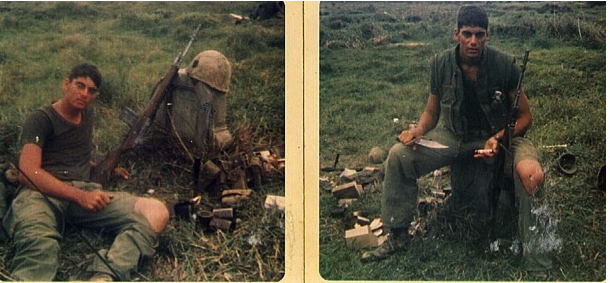
This week marks the 50-year anniversary of the end of the U.S. war against the country and people of Vietnam. Americans refer to the war as the Vietnam War, but it was actually an American war.
This war had a huge impact on me, my generation and, of course, the Vietnamese.
Growing up in the 1950s and 1960s during the Cold War, we were inundated with anti-communism. I didn’t really know what a Communist was but I knew that they were bad and we were made to feel threatened by them. I believed that it was okay to kill the Communists before they could come to my country.
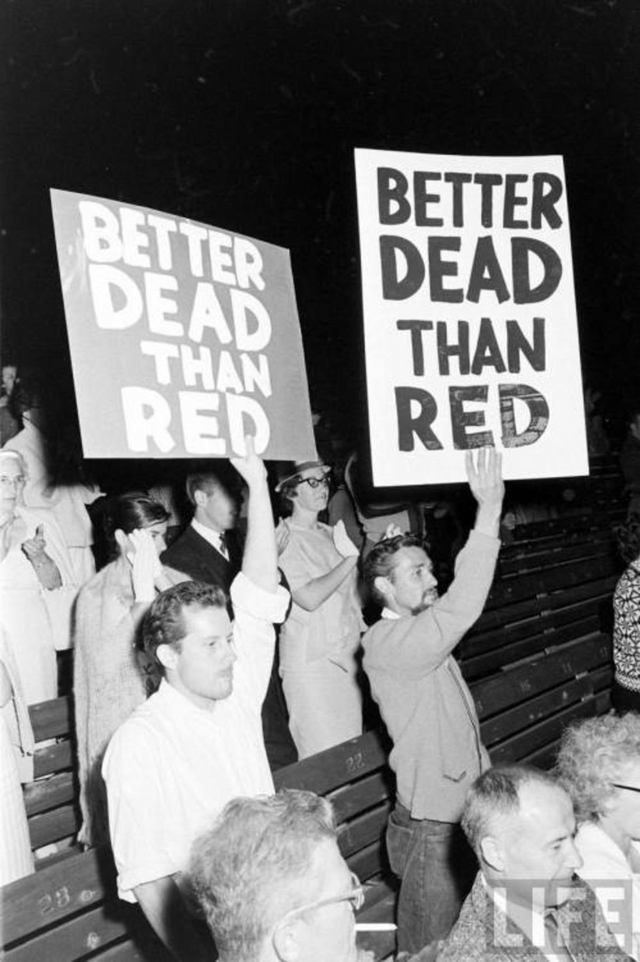
I was raised to believe that I lived in the best country in the world and, as a male, I owed my country military service. I knew that I would be joining the military after I graduated high school.
During this time, the U.S. had a military draft. Military recruiters came to my school and all of the senior males went to the gymnasium to hear them.
They told us that most of us would be drafted and sent to Vietnam right after graduation. They said if we signed up now in the Delayed Enlistment Program, we would receive more benefits.
More benefits sounded good to me so I joined the United States Marine Corps (USMC) and three days after graduation I was at Parris Island boot camp, being trained to be a Marine.
The training was unlike any experience that I ever had. The purpose was to beat the civilian out of us and forge us into Marines. It was very taxing but how are you to survive in war if you can’t survive the training?
We prayed every night: “Another day in the Corps Sir, for everyday is a holiday and every meal is a feast. Pray for War, pray for war, God bless the Marine Corps, pray for war, God bless the drill instructors of 353, pray for war.”
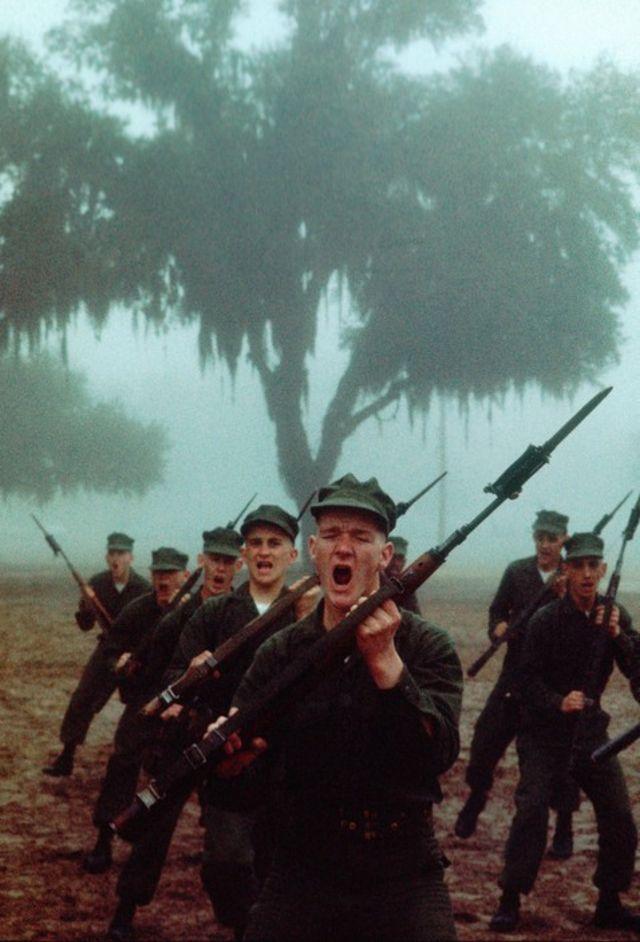
After boot camp, I went to Camp Geiger (North Carolina) for infantry training. Then I went to Camp Lejeune where I volunteered to go to “Nam.” During the training, I was taught that the job of a Marine “is to destroy the will of the enemy to resist the authority of the United States of America.”
The way that you destroy their will is to make the price that they have to pay more than they can afford, no quarter.
Next I went to staging at Camp Pendleton, California. There I had training in guerrilla warfare, mountain climbing, many different weapons, explosives, escape and evasion, first aid, tactics and, of course, much more physical training. Then to Okinawa for more of the same.

During this training we were conditioned to see the Vietnamese as less than human, they were referred to as: Gooks, Slope-heads, Slant-eyes and Commies. At the time I did not realize that this was really racist.
The conditioning for war is such that you do not want to see the enemy as human, deserving of empathy, because that might cause you not to react as quickly as you should when encountering others.
It is interesting to note that we had no training in Vietnamese language or culture.
I arrived in Vietnam on March 24, 1966. The Marines had landed there in September 1965. My attitude was that we were going to kick ass and be home in six months.
My new unit was called Alpha North. As a new guy I was assigned to guard duty. On the night of April 18, 1966, while I was on guard, we were attacked and overrun by Viet Cong sappers. Out of 89 men, 5 of us were killed (KIA) and 28 wounded (WIA) and our base was devastated. The sappers lost about 40 men.
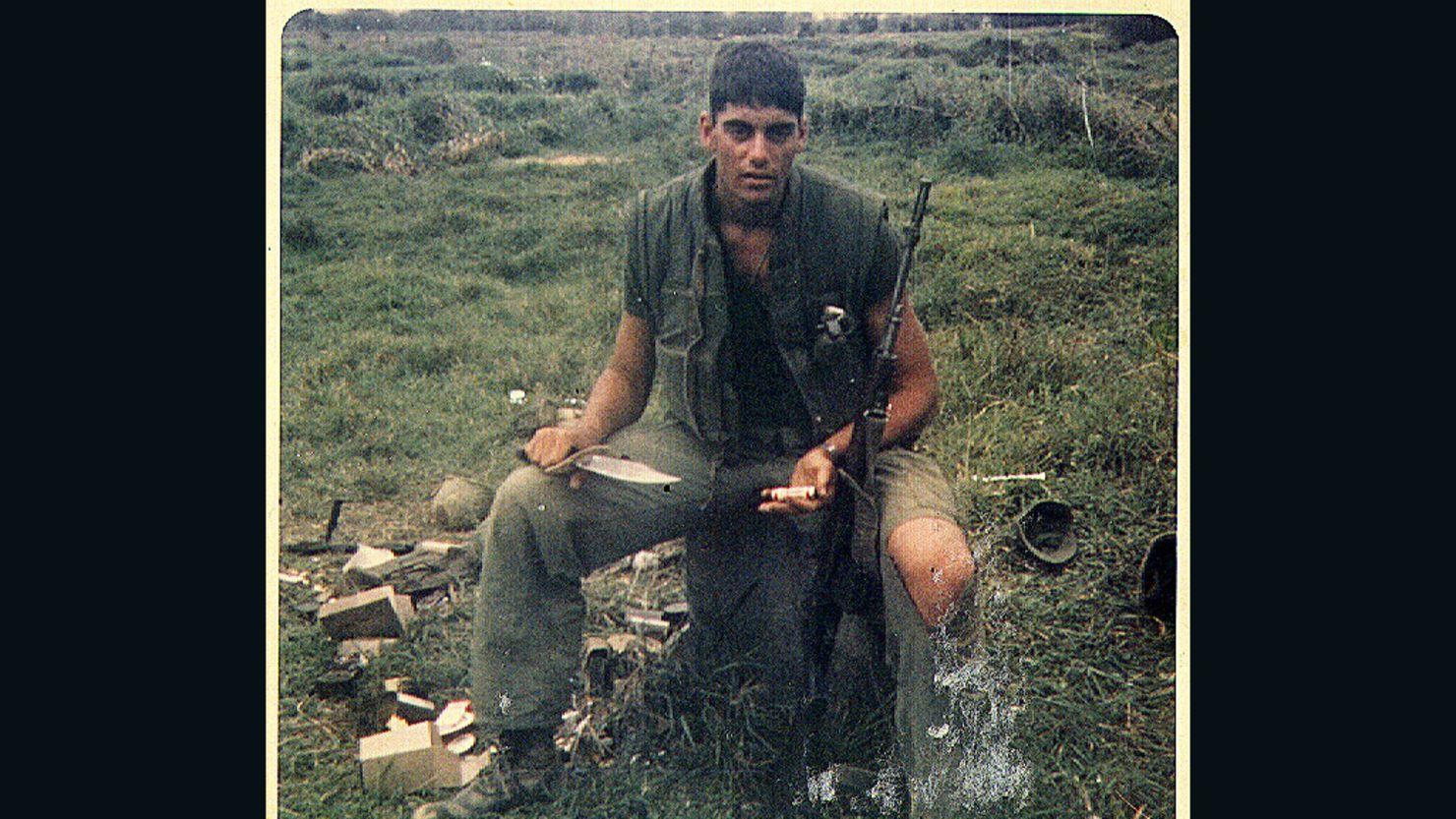
There were ponchos covering the dead Marines. I looked under each poncho and, to my surprise, my first friend in the unit, William Terry Main, was dead. Main was from Florida as I was.
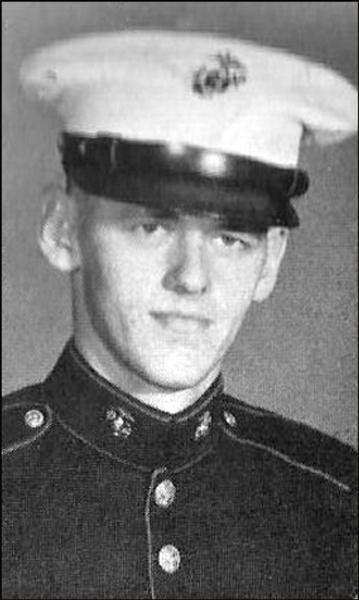
My perspective changed that day. I realized that I was in a place where it was people’s job to kill me and my friends. There would be no timeout or do-overs; if I got killed that would be the end.
I now hated the Vietnamese and I was going to get them back. There would be no empathy from me; I hated them all and I would kill as many of them as possible. The women were just Communist baby factories and their children would be a threat to my children. They were all just like rats and we would kill them all.
We operated in our “TAOR,” Total Area of Responsibility.
A battalion has four companies. Ours were Alpha, Bravo, Charlie, and Delta. As a Forward Observer I was attached to Charlie Company. Our designation was C-1-1, Charlie Company First Battalion First Marines, the first of the first.
Our TAOR consisted of company areas and battalion headquarters. The company areas were: the Horseshoe, the Mud Flats (Dai Loc), the Island and the Sand Dunes. Each month we would rotate from one company to the next with one company rotating into the battalion headquarters.
Our Official Tactics were based on three things:
1) We measured success by “Body Count.” We were taught that we would win if we killed ten Vietnamese for each American killed. We wanted to win so we killed as many as possible. When we killed or when we lost men we would say “We wasted” ___ Gooks today, or the Gooks wasted ___ of our guys today. I never realized how profound the word “wasted” was.
2) We operated in “Free Fire Zones” where we were allowed to kill everyone we encountered.
3) Our method of Operation was call “Search and Destroy.”
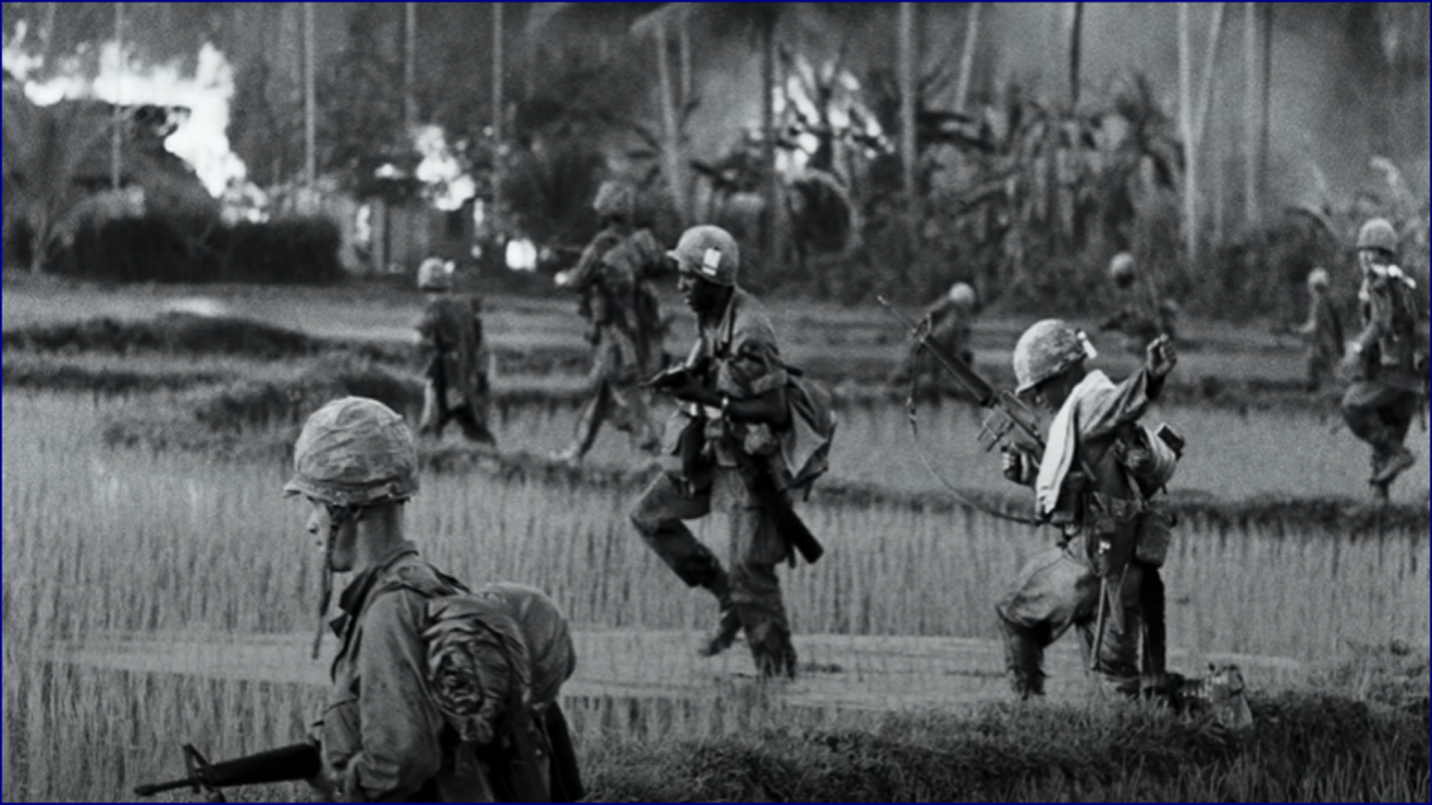
On February 18, 1967, in Operation Stone, I was wounded for the first time by a “Bouncing Betty” mine in the Mud Flats. Just shrapnel that was not life threatening.
On August 15, I lost my good friend Doug Dickerson. Doug was a tall, lanky Black Marine from New Jersey. He was a very nice person and we became close. We were on the Island. Doug had been wounded a few days before and was recuperating.
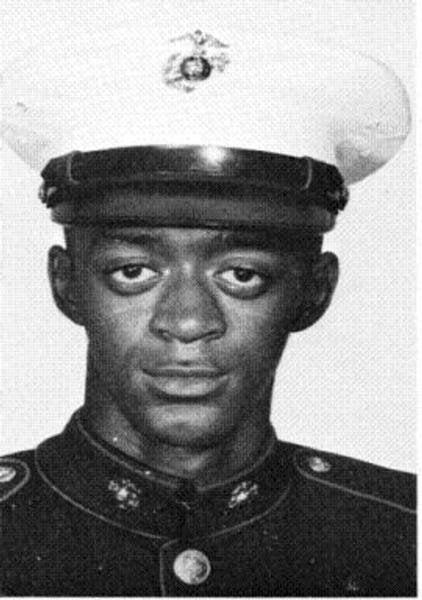
On a 20-man patrol on the island, we lost nine KIA and eight WIA. The choppers could not get in to take people out so they dropped stretchers and told us to carry the people out. We did not have enough men to do that so they sent more men out to help us. Doug heard that we needed help so, even though he was recuperating, he volunteered to go out and help us. Doug was killed helping us. That was a really hard day for me.
While I was at battalion, I was walking to the mess hall and someone said “Hey Scotty.” I was Sergeant Camil; no one called me Scotty. I turned around and there was John Richard Berrios, from high school. We hugged and I was surprised to see him. I did not know that he had joined the Marines.
John was a year younger than me. He was the nicest person. Unlike me, he made good grades, didn’t skip school or get into fights.
I wrote his parents and told them that I would take care of him.
John was shot by a sniper on August 26 and died on November 27. I was really devastated. My Survivor Guilt is linked to John.
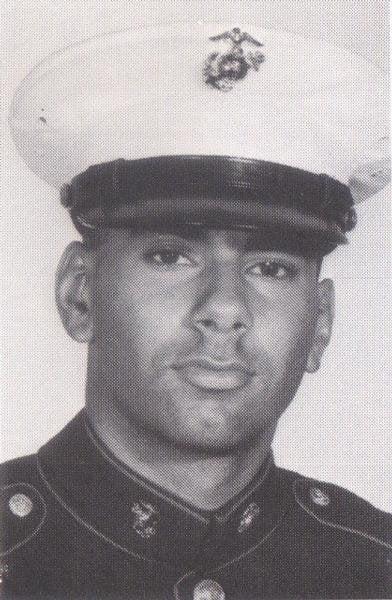
When my tour was up, I extended it. The way that I was raised, I learned that a real man would never leave his friend in a fight, even if we were outnumbered. I didn’t want to leave my friends.
I was wounded a second time on October 12, 1967, by a grenade, again just shrapnel that was not life threatening.
In November it was time for me to come home but again I felt that that would be leaving my friends in a fight. I went to see the First Sergeant to extend. The first sergeant said “Sergeant Camil, you have had enough and you are going home.” I was so glad to be leaving Nam. I knew that I had had enough but I didn’t have the courage to admit it.
After Nam, I had two years left in the Corps. I went to Europe, the Caribbean and schools such as Nuclear, Biological and Chemical Warfare school, Embarkation school and Riot Control.
I got out in July of 1969, started junior college in September and graduated with an AA degree in pre-law in December of 1970. Then I transferred to the University of Florida (UF) and started classes in January 1971.
In January, Jane Fonda came to UF and spoke. I went to see her because she was a famous and attractive person. She said that we live in a democracy and, in order to function properly, the public needs access to the truth. She said that the public was being lied to by the government about the true nature of the war in Vietnam and that it was the duty of patriotic Vietnam veterans to inform the public of the truth.
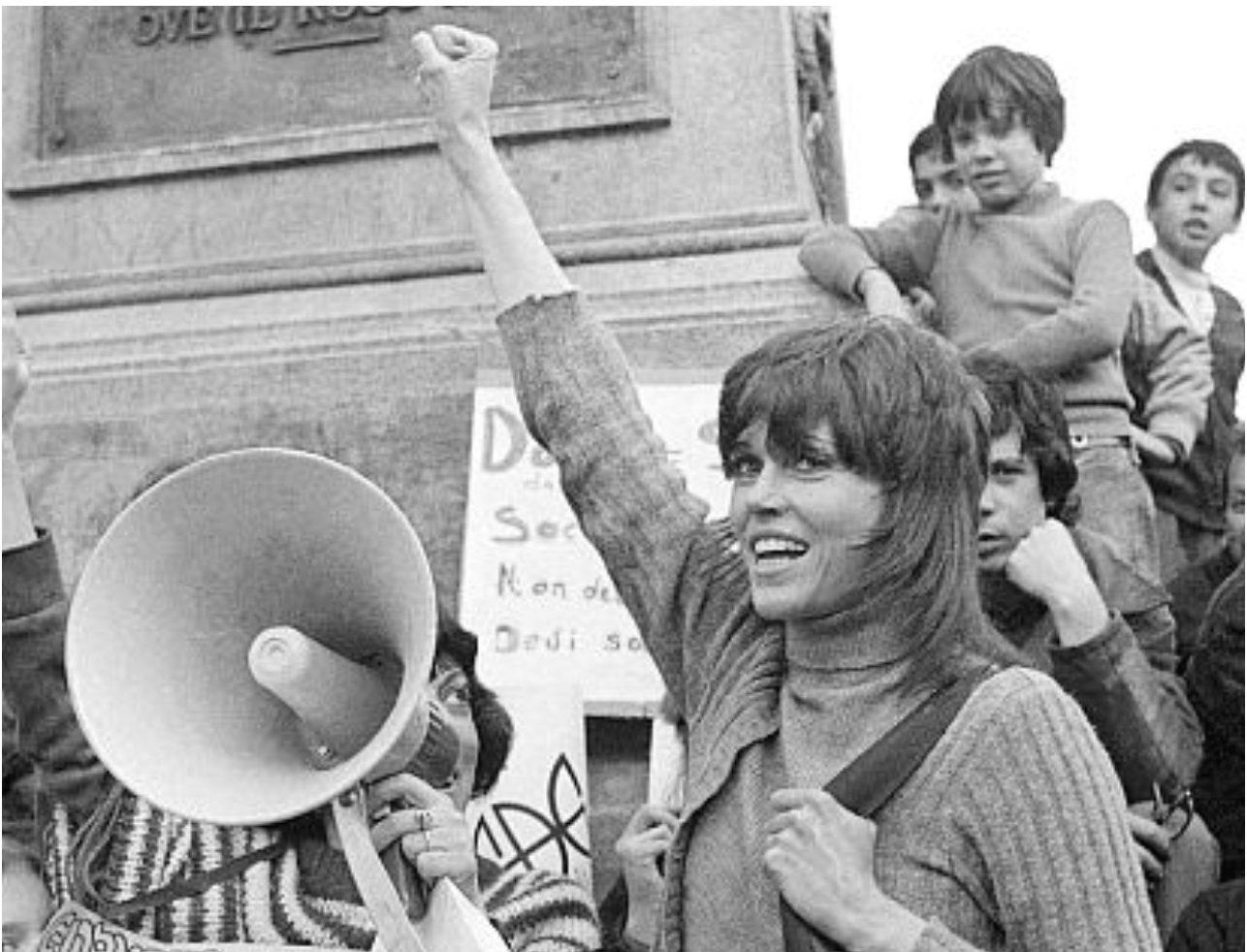
I thought, “I believe in democracy, I know they are lying about what we are doing in Nam and that the public is entitled to know what is being done in their name with their tax money in Nam,” so I went forward and gave them my name, my rank, branch of service and phone number.
A few days later, I received a call from Michael T. Oliver and was invited to come to Detroit for the Winter Soldier Investigation (WSI) in which soldiers testified about their commission of war crimes in Vietnam.
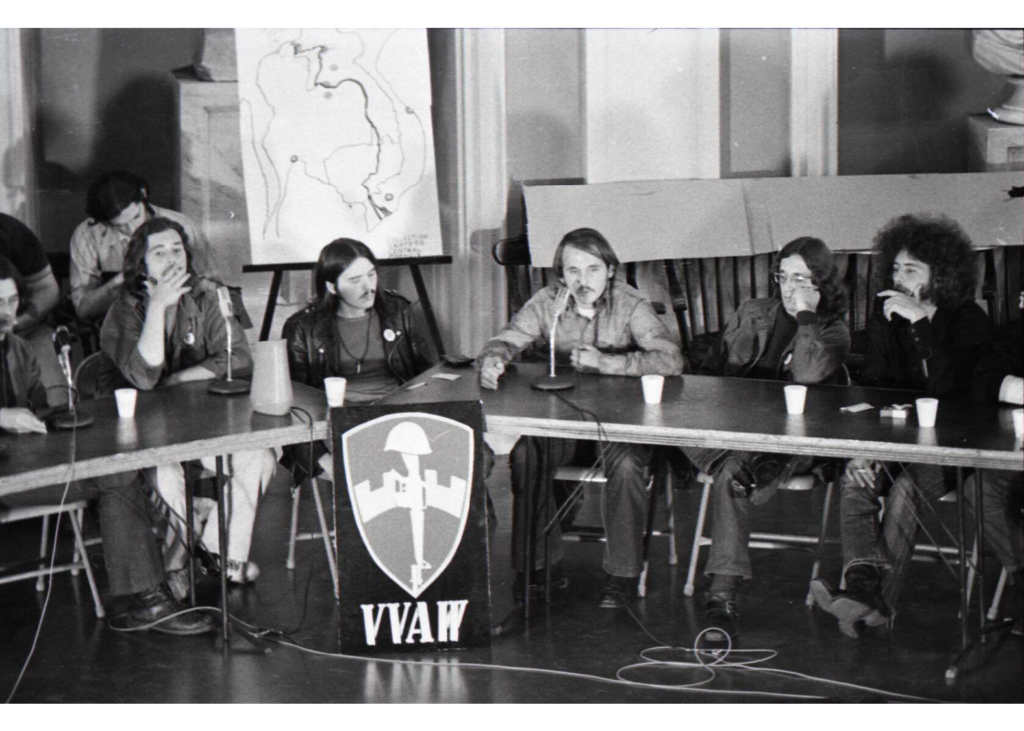
It is important to note that, when I was invited, they had no idea about what my experiences in Nam were.
The experience at Winter Soldier made me realize that the war was wrong.
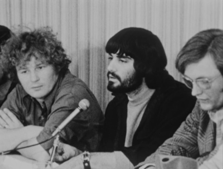
Until this time, I hated the anti-war movement. When I was in Nam I read a story in the Sea Tiger (a Navy publication). The story was about Joan Baez and her friends having a concert, collecting blood and sending it to North Vietnam through Canada. I was incensed that I could get killed by a Commie that had American blood in him.
When I started college, I would wear my Marine Corps tropical shirt and I would purposely bump into demonstrators and try to pick fights.
At the end of the Winter Soldier Investigation, Mike Oliver called a meeting of all of the veterans. At the meeting he said, “Well, what are we going to do about this?” We decided to make Vietnam Veterans Against the War a national organization. We divided the country into 28 regions and I became the Regional Coordinator for Florida, Alabama and Georgia.
We worked very hard to write our objectives and I am including a screenshot below and a link to them because they are as important today as they were in 1971 (https://www.vvaw.org/veteran/article/?id=897my):
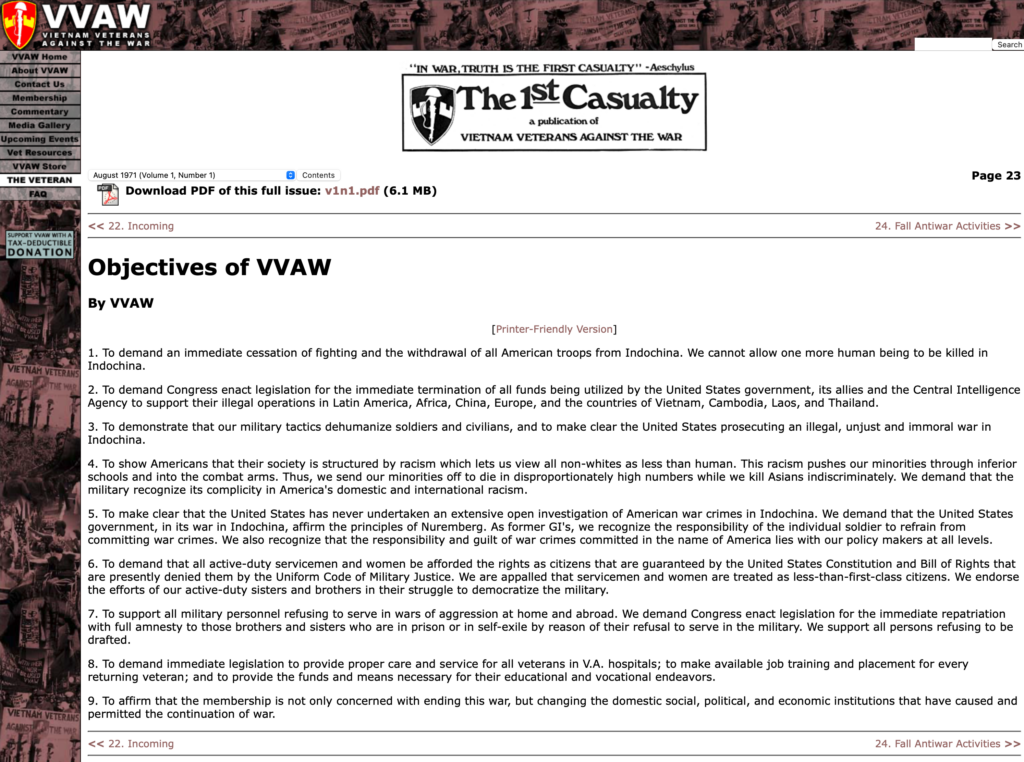
Playboy magazine ran a free full-page ad about us and our membership swelled.
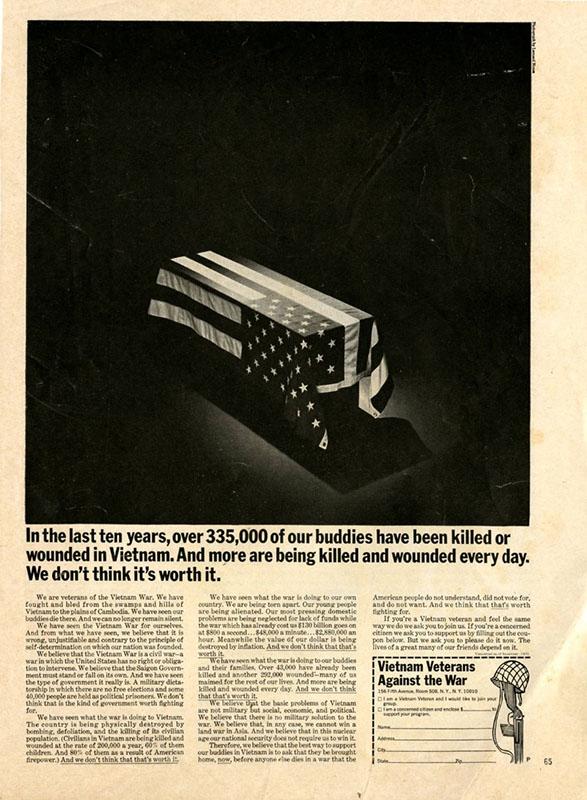
I started organizing anti-war demonstrations and teach-ins. All of a sudden, I was getting arrested. At the end of six months, I had been arrested numerous times and was facing death plus 120 years in prison. It was the government’s aim to intimidate us so we would stop our anti-war activities.
Trying to intimidate combat veterans did not work very well, in fact their attacks made us stronger. When you are working against a war and it continues, there is not a lot of positive reinforcement for your efforts. Getting arrested became my positive reinforcement. I thought that if they are trying to shut us up, then we must be on the right track.
In 1975, the war finally ended and I started having a less controversial life, even though I was shot in the back by federal agents—there was a memorandum by J. Edgar Hoover calling for my “neutralization” as a threat to national security. I survived and seem to be very resilient.
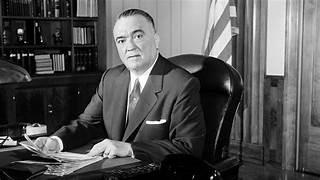
I was wounded twice in Nam, believing that I was defending the Constitution. And then I came home from “exercising those constitutional rights,” for which I bled.
I had an opportunity to go back and visit Vietnam in 1990. I was able to visit my old battlefields. I went to Dai Loc, where I had been wounded the first time. In Dai Loc, there is a memorial for the 292 people we killed in Operation Stone.
The people there knew that I was one of the Marines responsible for the deaths of those 292 people. There were no dirty looks, no animosity, nothing negative. I was treated like an old friend. The Vietnamese culture sure was different from my culture. I spent the day on my hands and knees putting three sticks of incense on each grave. Then I shot pool with a Vietnamese man in the village that had once been a Free Fire Zone.
I like to say that I learned my conflict-resolution skills in the rice paddies of Vietnam. I work hard to keep them in abeyance. The person I am today stands on that foundation. I like the person I have become but I feel bad that my confidence was gained by the killing of people who were defending their families, their homes and their way of life from me, the foreign invader.
In the end, 58,220 Americans died in Nam and 304,000 were wounded. According to Vietnam, more than three million Vietnamese died.
There was a project called “Letters to the Wall.” You can read my letter here: Scott Camil: Country didn’t learn from sacrifices in Vietnam.
There will be documentaries for the 50th anniversary of the end of the war. One of those documentaries is a six-part series for Apple TV about the Vietnam War called VIETNAM: The War That Changed America. Exact release date TBA. I am a participant in that series.
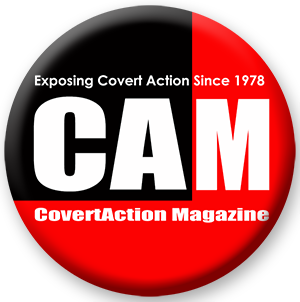
CovertAction Magazine is made possible by subscriptions, orders and donations from readers like you.
Blow the Whistle on U.S. Imperialism
Click the whistle and donate
When you donate to CovertAction Magazine, you are supporting investigative journalism. Your contributions go directly to supporting the development, production, editing, and dissemination of the Magazine.
CovertAction Magazine does not receive corporate or government sponsorship. Yet, we hold a steadfast commitment to providing compensation for writers, editorial and technical support. Your support helps facilitate this compensation as well as increase the caliber of this work.
Please make a donation by clicking on the donate logo above and enter the amount and your credit or debit card information.
CovertAction Institute, Inc. (CAI) is a 501(c)(3) non-profit organization and your gift is tax-deductible for federal income purposes. CAI’s tax-exempt ID number is 87-2461683.
We sincerely thank you for your support.
Disclaimer: The contents of this article are the sole responsibility of the author(s). CovertAction Institute, Inc. (CAI), including its Board of Directors (BD), Editorial Board (EB), Advisory Board (AB), staff, volunteers and its projects (including CovertAction Magazine) are not responsible for any inaccurate or incorrect statement in this article. This article also does not necessarily represent the views the BD, the EB, the AB, staff, volunteers, or any members of its projects.
Differing viewpoints: CAM publishes articles with differing viewpoints in an effort to nurture vibrant debate and thoughtful critical analysis. Feel free to comment on the articles in the comment section and/or send your letters to the Editors, which we will publish in the Letters column.
Copyrighted Material: This web site may contain copyrighted material the use of which has not always been specifically authorized by the copyright owner. As a not-for-profit charitable organization incorporated in the State of New York, we are making such material available in an effort to advance the understanding of humanity’s problems and hopefully to help find solutions for those problems. We believe this constitutes a ‘fair use’ of any such copyrighted material as provided for in section 107 of the US Copyright Law. You can read more about ‘fair use’ and US Copyright Law at the Legal Information Institute of Cornell Law School.
Republishing: CovertAction Magazine (CAM) grants permission to cross-post CAM articles on not-for-profit community internet sites as long as the source is acknowledged together with a hyperlink to the original CovertAction Magazine article. Also, kindly let us know at info@CovertActionMagazine.com. For publication of CAM articles in print or other forms including commercial internet sites, contact: info@CovertActionMagazine.com.
By using this site, you agree to these terms above.
About the Author
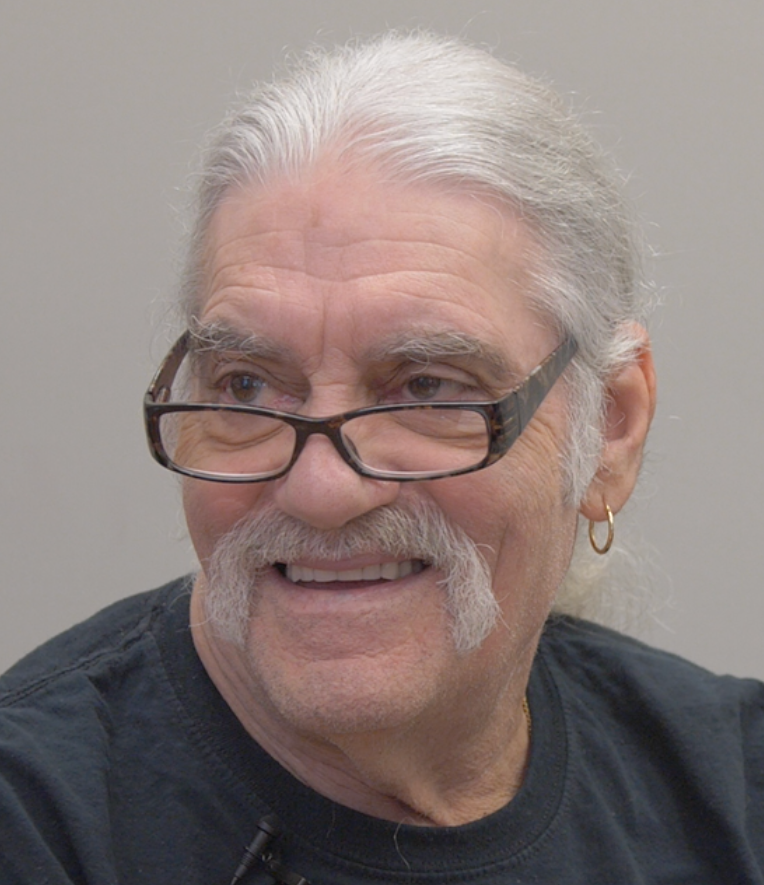
Scott Camil was a member of Vietnam Veterans Against the War who testified at the 1971 Winter Soldier hearings on U.S. war crimes in Vietnam.
He has been active in peace movements since the end of the Vietnam War and currently lives in Gainesville, Florida.
Scott can be reached at scott.camil@gmail.com.
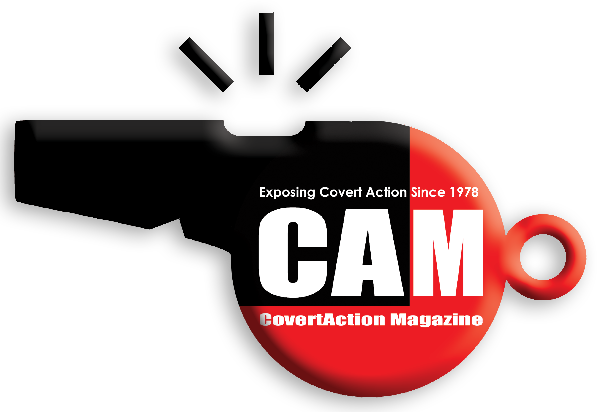
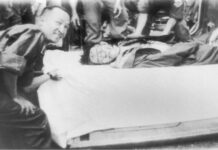
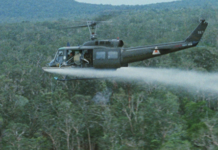

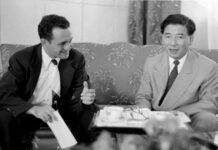
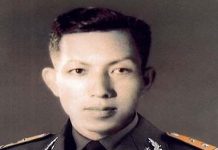
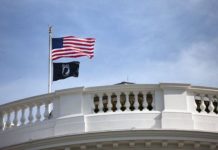

Scott,
As I’ve said before, “Thank You” and I am proud you’ve call me friend since childhood. Having read this, and having lived in Gainesville, where we each wound up, I appreciate the gifts of your works, in print, over the years.
I love that I knew you as kids, and you grew up to do what you have accomplished over the years. Once again, I gotta say, I’m proud of you, my friend. Thanks again for this.